American 'killed in India by endangered Andamans tribe'
Thu 22 Nov 2018, 11:38:02
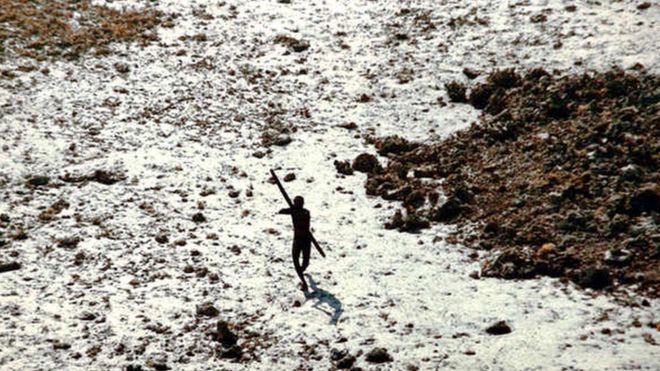
An American man has been killed by an endangered tribe in India's Andaman and Nicobar islands.
Fishermen who took the man to North Sentinel island say tribespeople shot him with arrows and left his body on the beach.
He has been identified as John Allen Chau, a 27 year old from Alabama.
Contact with the endangered Andaman tribes living in isolation from the world is illegal because of the risks to them from outside disease.
Estimates say the Sentinelese, who are totally cut off from civilization, number only between 50 and 150.
Seven fishermen have been arrested for illegally ferrying the American to the island, police say.
Local media have reported that Chau may have wanted to meet the tribe to preach Christianity to them.
But on social media the young man presented himself as a keen traveller and adventurer.
"Police said Chau had previously visited North Sentinel island about four or five times with the help of local fishermen," journalist Subir Bhaumik, who has been covering the islands for years, told BBC Hindi.
"The number of people belonging to the Sentinelese tribe is so low, they don't even understand how to use money. It's in fact illegal to have any sort of contact with them."
In 2017, the Indian government also said taking photographs or making videos of the aboriginal Andaman tribes would be punishable with imprisonment of up to three years.
Chau had tried and failed to reach the island on 14 November. But then he tried again two days later.
"He was attacked by arrows but he continued walking.
"The fishermen saw the tribals tying a rope around his neck and dragging his body. They were scared and fled," the report added.
Chau's body was spotted on 20 November. According to the Hindustan Times, his remains have yet to be recovered.
"It's a difficult case for the police," says Mr Bhaumik. "You can't even arrest the Sentinelese."
I first heard of the Sentinelese in 2004 just after the devastating Indian
Ocean tsunami.
Ocean tsunami.
I was at the daily press briefing by the authorities a few days later when we were told that the members of the isolated tribes had survived.
A navy helicopter on patrol had flown over the North Sentinel island of the archipelago where the Sentinelese live to check on them.
As they descended a bit to take a closer look, members of the tribe began firing arrows at them.
"So we knew that they were safe," the pilot told us.
Global organisations like London-based Survival International have been campaigning to protect the indigenous tribes living in the Andamans.
The tribe live on their own island, roughly the size of Manhattan, but most of what is known about them comes from viewing them from a distance.
'Understandable' fear
The group's international director, Stephen Corry, called the incident a "tragedy" that "should never have been allowed to happen".
"The Sentinelese have shown again and again that they want to be left alone, and their wishes should be respected," he said.
"The British colonial occupation of the Andaman Islands decimated the tribes living there, wiping out thousands of tribespeople, and only a fraction of the original population now survive. So the Sentinelese fear of outsiders is very understandable."
The two endangered aboriginal Andaman tribes - the Jarawa and the Sentinelese - are hunter-gatherers, and contact with the outside world would put them at risk of contracting disease.
The Sentinelese are particularly vulnerable: their complete isolation means they are likely to have no immunity to even common illnesses such as flu and measles.
"It's not impossible that the Sentinelese have just been infected by deadly pathogens to which they have no immunity, with the potential to wipe out the entire tribe," said Mr Corry.
Groups have also voiced concern about the Jarawa - a tribe that has some contact with the outside world, including a road that cuts through their territory that is used by some tourists for "safari" trips.
No Comments For This Post, Be first to write a Comment.
Most viewed from International
Most viewed from World
AIMIM News
Latest Urdu News
Most Viewed
May 26, 2020
Which Cricket team will win the IPL 2025 trophy?
Latest Videos View All
Like Us
Home
About Us
Advertise With Us
All Polls
Epaper Archives
Privacy Policy
Contact Us
Download Etemaad App
© 2025 Etemaad Daily News, All Rights Reserved.



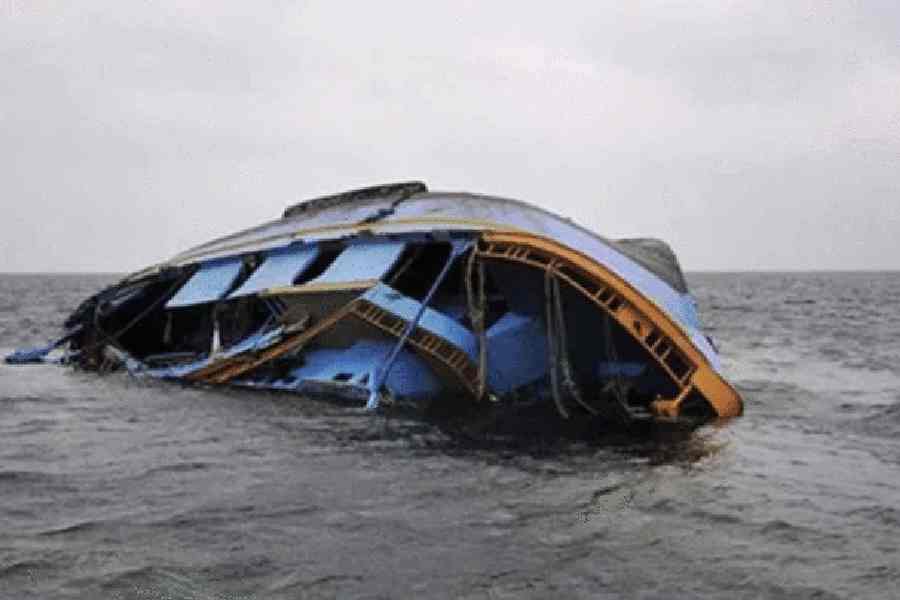
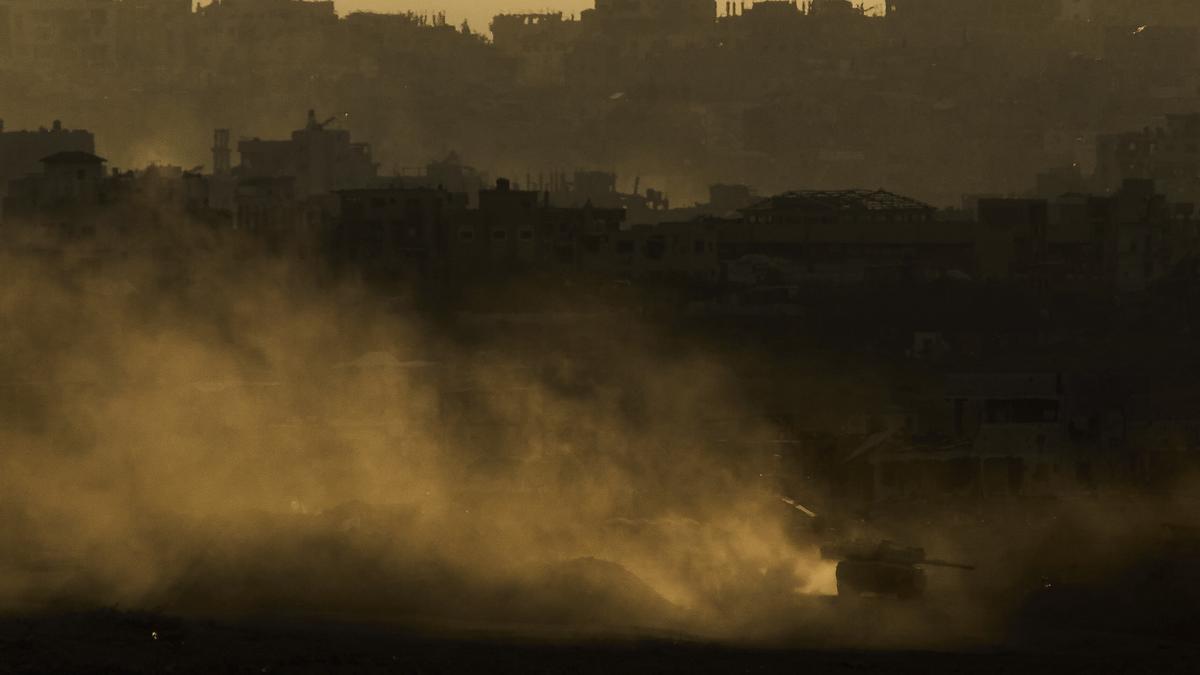
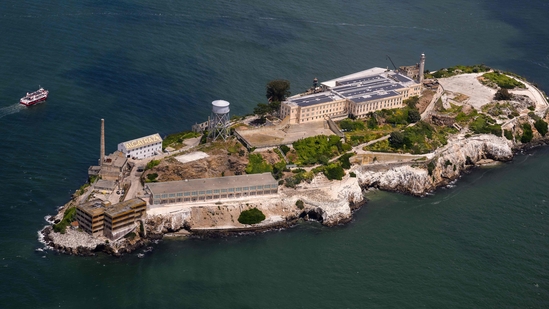

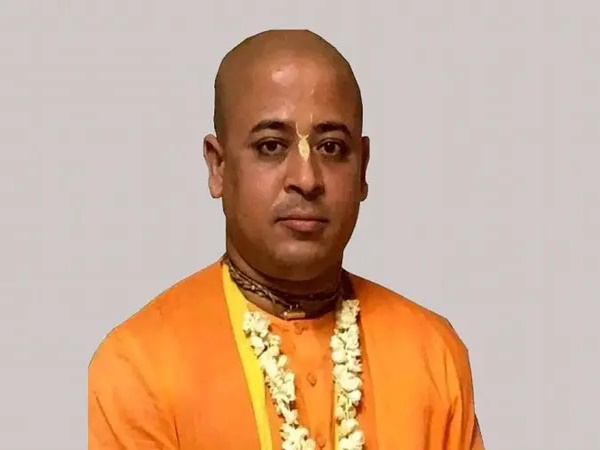


.jpg)
.jpg)
.jpg)
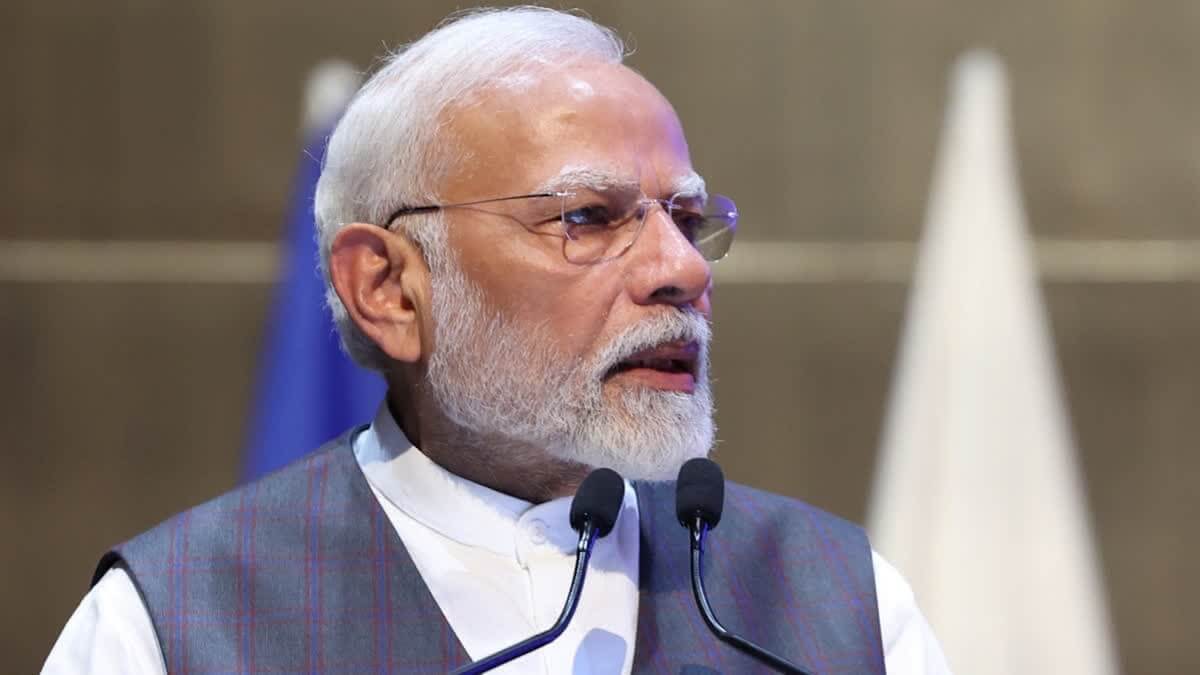
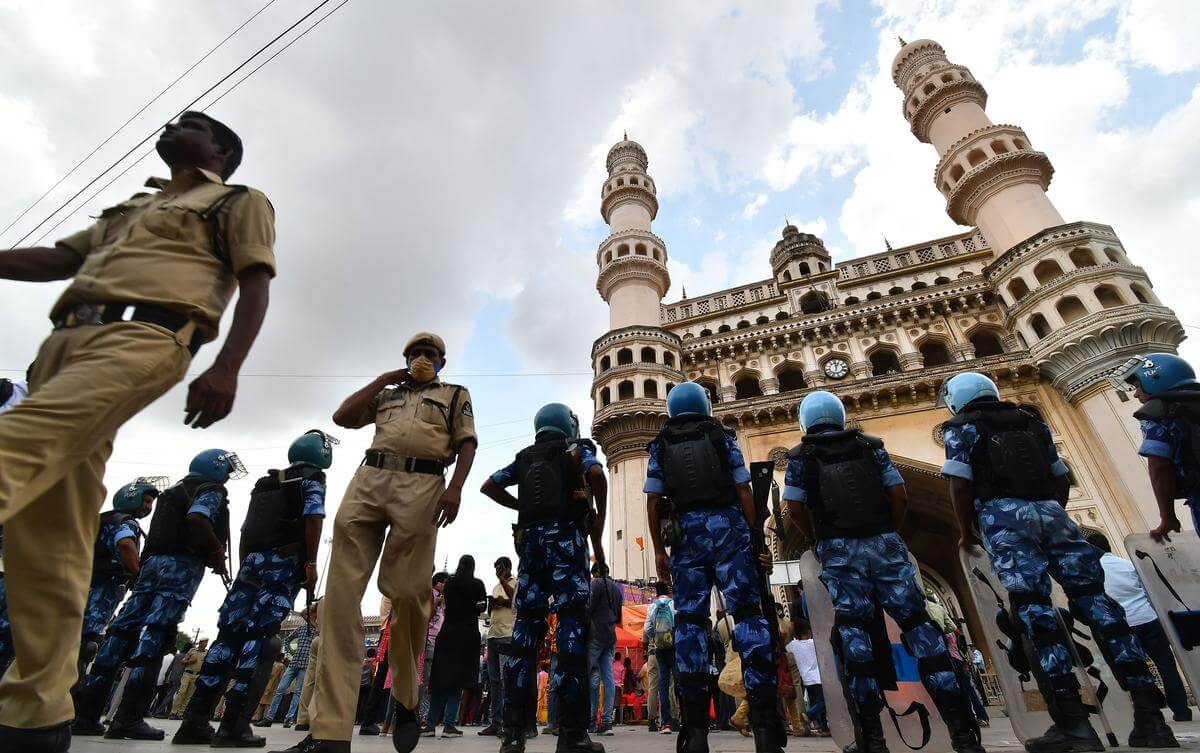


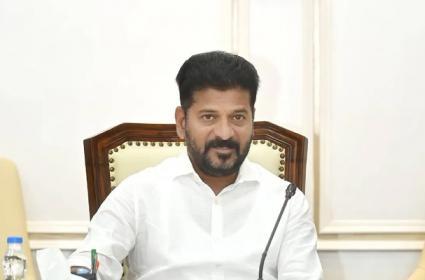





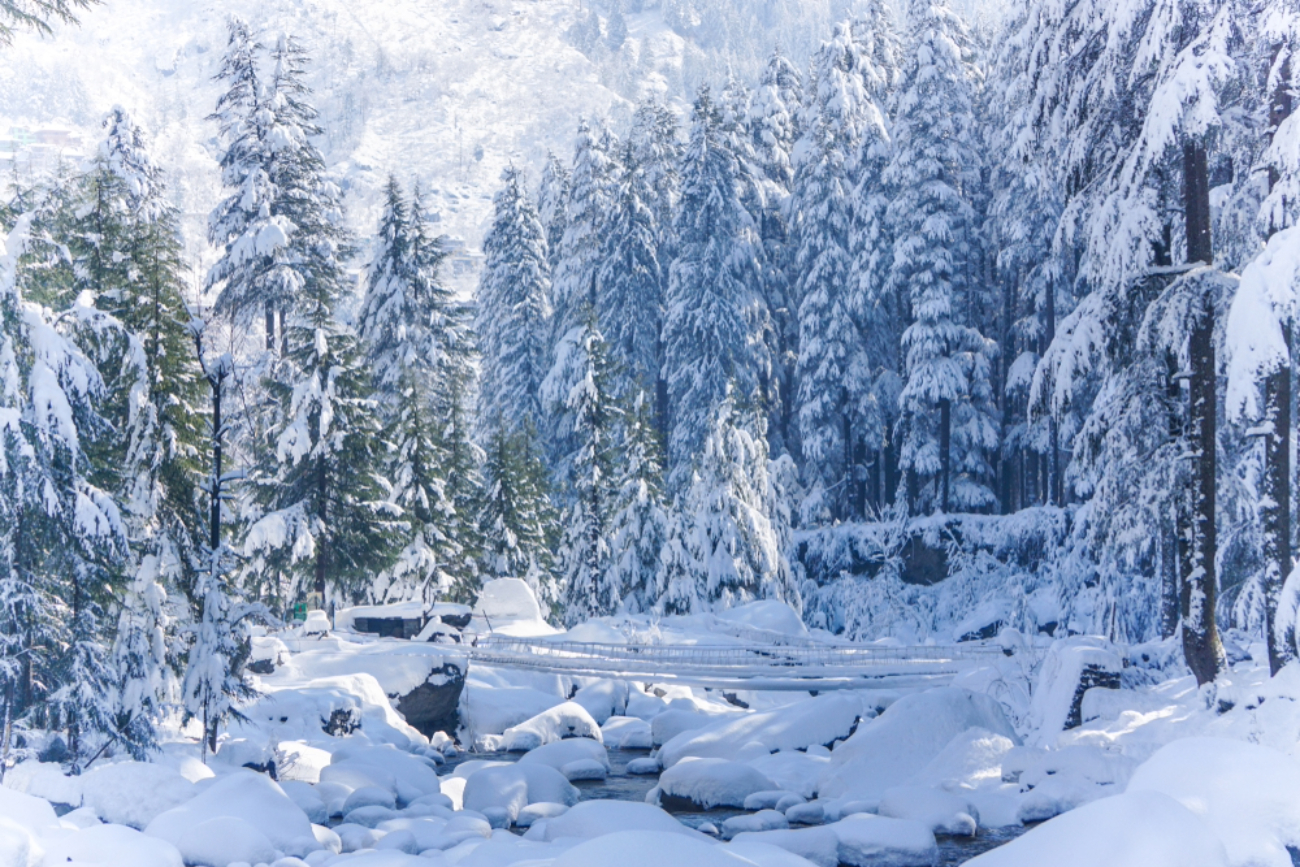
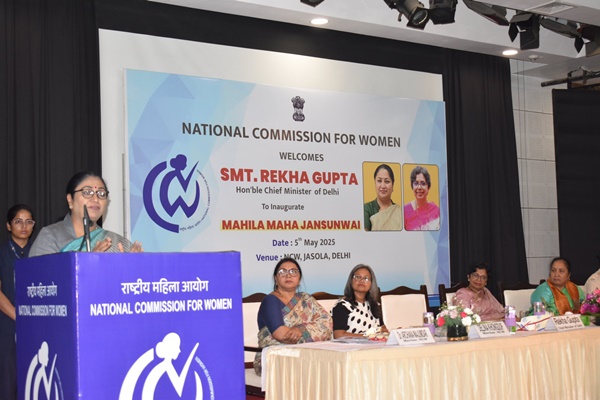





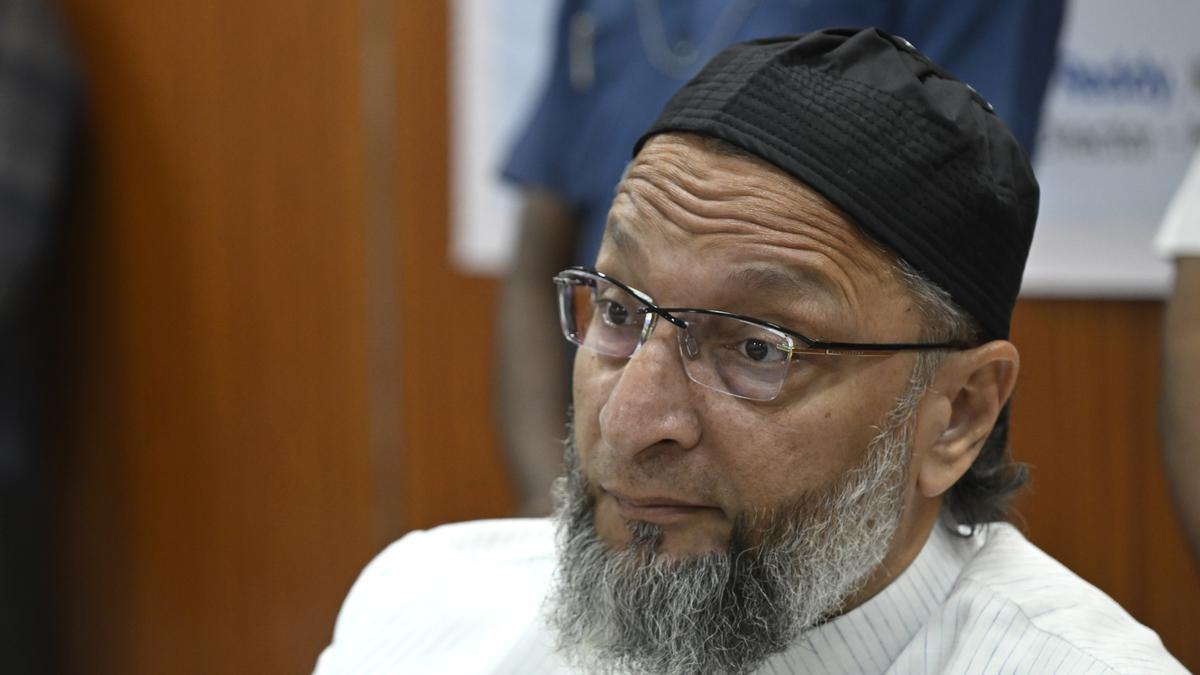






.jpg)




